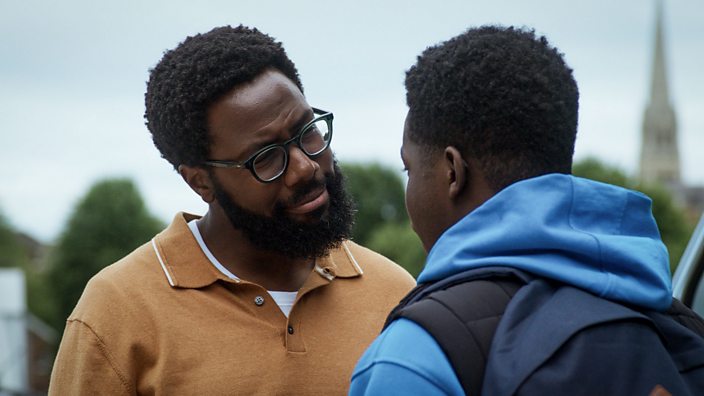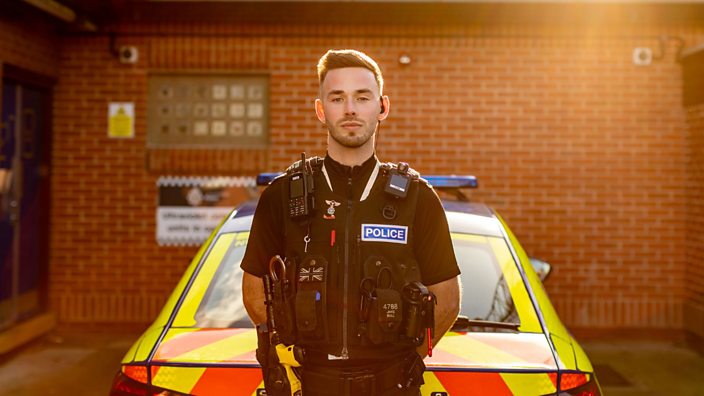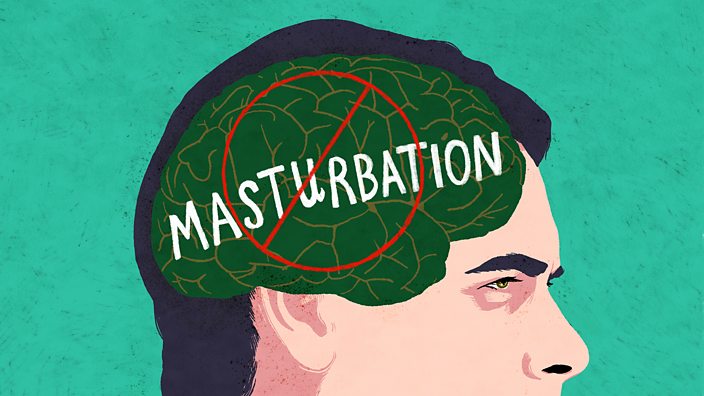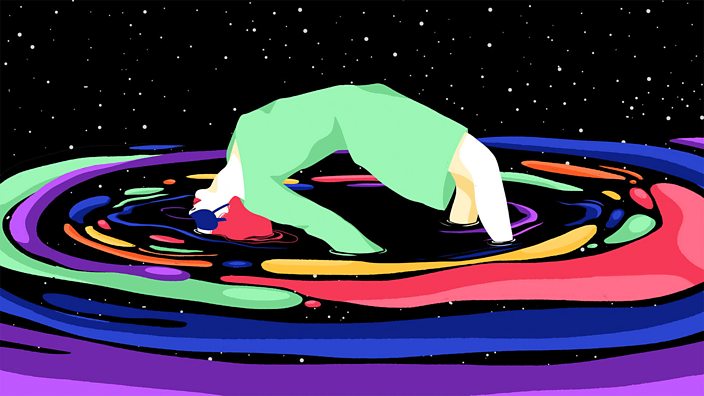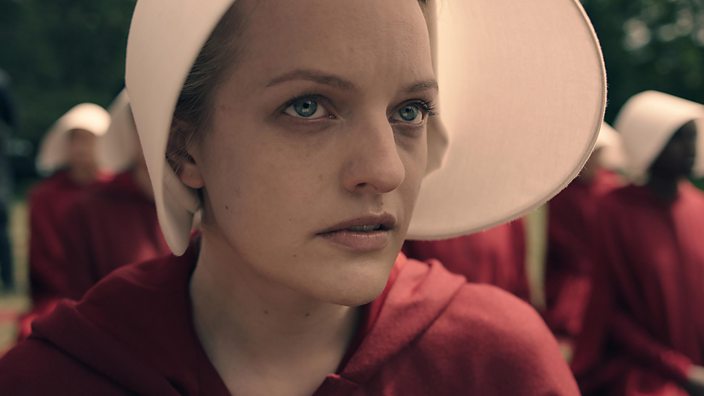 MGM
MGMDystopian fantasy? The Handmaid’s Tale is based entirely on real history
**Spoilers**
“This will become ordinary."
These chilling words are spoken to a group of young, captive women in the first episode of ‘The Handmaid’s Tale’, a TV adaptation of Margaret Atwood’s 1984 novel. It’s set in a future, dystopian America, in which the extreme religious right has imposed a violent dictatorship, and women have been stripped of all their rights.
Environmental disaster has left much of the population sterile, so the few remaining fertile women are captured and given to society’s highest-ranking men as 'handmaids'. Their sole purpose is to bear the children the men’s wives cannot.
If the handmaids refuse to cooperate, or fail to produce offspring, they’re shipped off to 'The Colonies' to clean up toxic, radioactive waste - and face certain death.
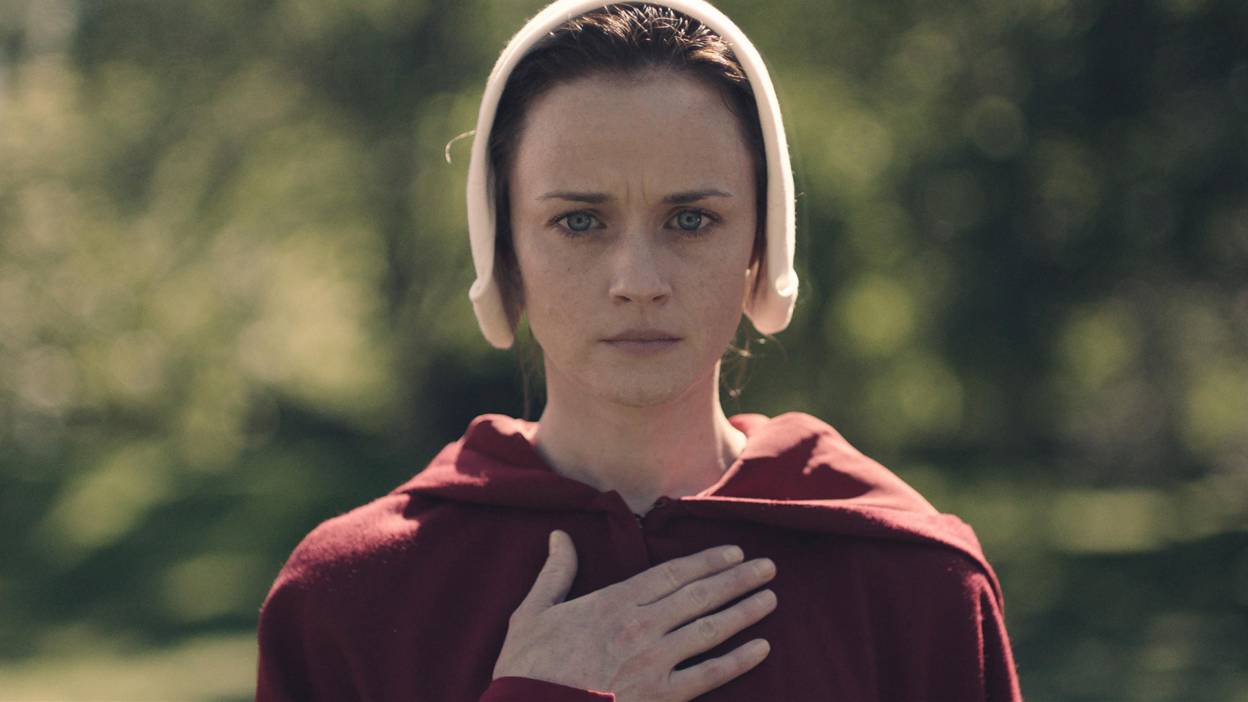 MGM
MGM
The most appalling part of this terrifyingly plausible world is that it’s all based on real events. As Atwood herself has said, “One of my rules was that I would not put any events into the book that had not already happened… nor any technology not already available. No imaginary gizmos, no imaginary laws, no imaginary atrocities. God is in the details, they say. So is the Devil.”
Everything in The Handmaid’s Tale has occurred in a totalitarian state, military regime or religious order. The concept of assigning fertile handmaids to the highest in society has a historical precedent dating right back to the Bible.
In Genesis 30, Jacob has two wives, Rachel and Leah. When Rachel cannot bear a child, she orders Jacob to impregnate her maid, Bilhah. The relevant passage - “And she said, Behold my maid Bilhah, go in unto her; and she shall bear upon my knees, that I may also have children by her” - is recited as part of the 'ceremony' in The Handmaid’s Tale, in which the man ritually rapes the handmaid in his wife’s presence.
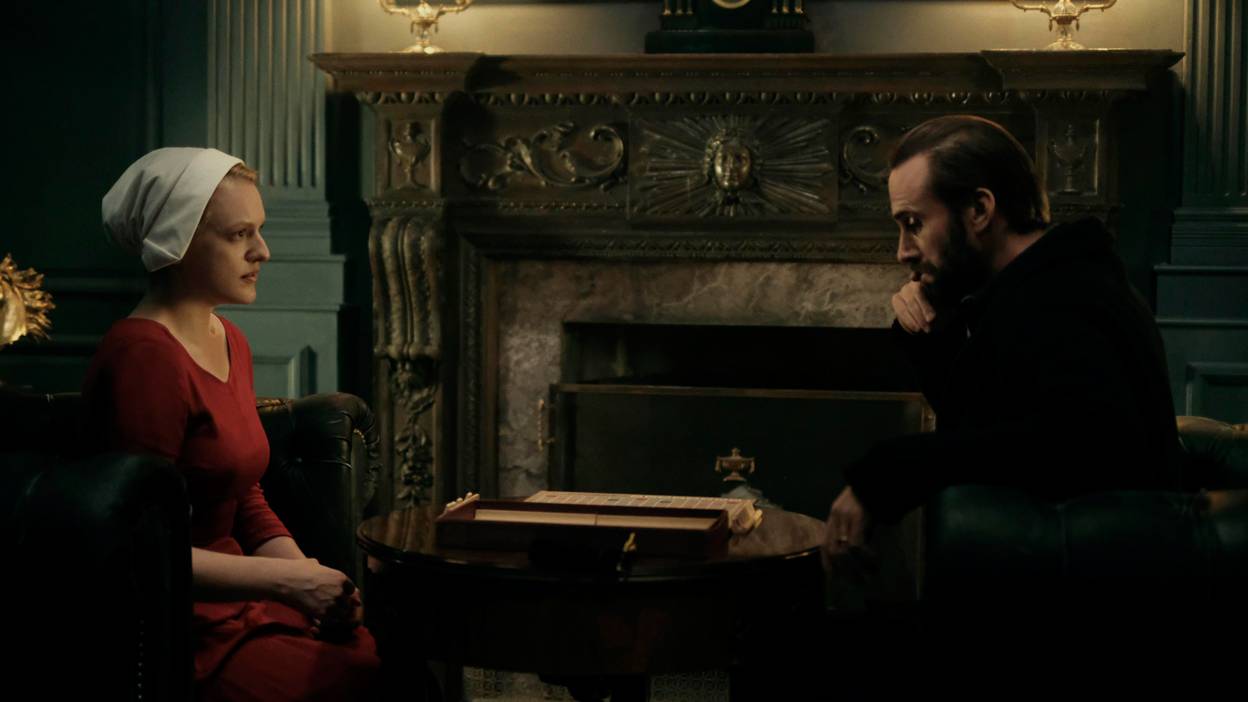 MGM
MGM
History has provided a rich tapestry of horror for Atwood to draw upon, with the slave trade, group executions, book burnings, polygamy in America and the sumptuary laws of the middle ages (which controlled what people ate, drank and spent money on) providing just some of her sources of inspiration.
One of her references is the Lebensborn programme of the Nazis' security and surveillance corps, the SS. In 1935, with Germany’s birth rates dropping, Hitler’s right-hand man Heinrich Himmler designed a breeding program to promote an 'Aryan future'. One element of the scheme involved members of the SS 'mating' with suitable German women. They also kidnapped blue-eyed, blonde-haired children to populate the Nazi 'Third Reich'.
One of several horrific scenes in The Handmaid’s Tale is the 'salvaging', where a man accused of rape is ritually encircled and battered to death by a mob of handmaids. This echoes the practice of public execution, which continues in some countries to this day, including North Korea and Saudi Arabia.
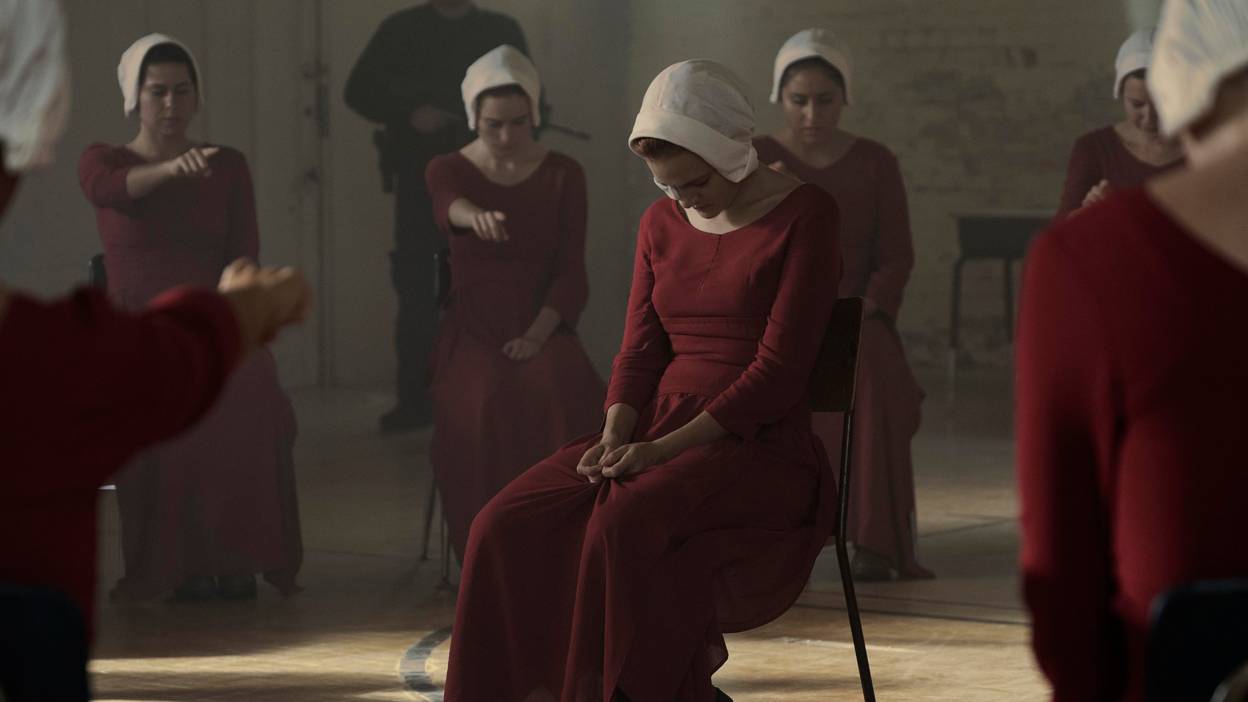 MGM
MGM
Speaking to the Times, The Saudi-American poet Majda Gama recently described being unable to sleep after watching the opening episodes of The Handmaid’s Tale. For women in Saudi Arabia, she wrote, many of the events of the programme aren't distant history or a faraway future – they are their day-to-day reality.
Most Saudi Arabian women are banned from voting, driving and interacting with the opposite sex unsupervised; they can’t travel or study without the permission of a male guardian (usually their father, husband or son); and they have little or no financial independence.
“It raised thoughts I literally never tell my Caucasian friends,” Majda Gama said, “Because what Offred, the handmaid, lived as some cautionary tale felt very much like my lived reality. One woman’s dystopia is another woman’s reality.”
The fact that Atwood’s story draws from history is perhaps what makes it so frightening.
The TV adaptation has prompted many to wonder how much of this terrible future could become reality.
In America, women have adopted the handmaids' red and white uniform at protests against President Trump’s stance on abortion.
At their miserable equivalent of a training camp, the handmaids are told, “This might not seem ordinary to you right now, but after a time it will. This will become ordinary.”
That fear – that oppression and violence and horror can become normal – is what this TV adaptation has so eloquently voiced.
Praise be.

